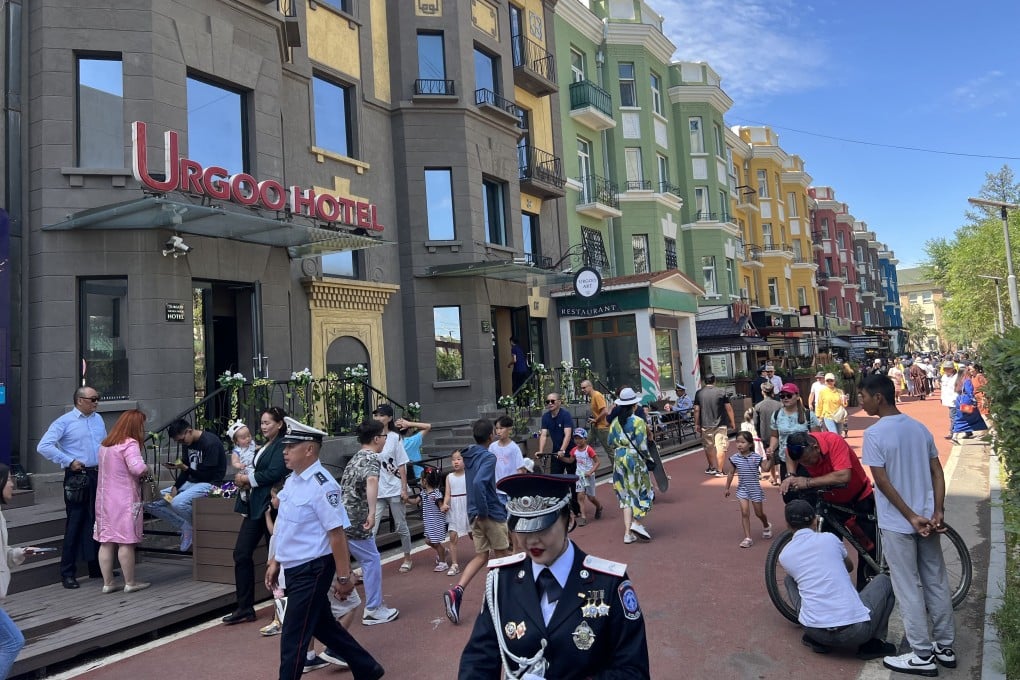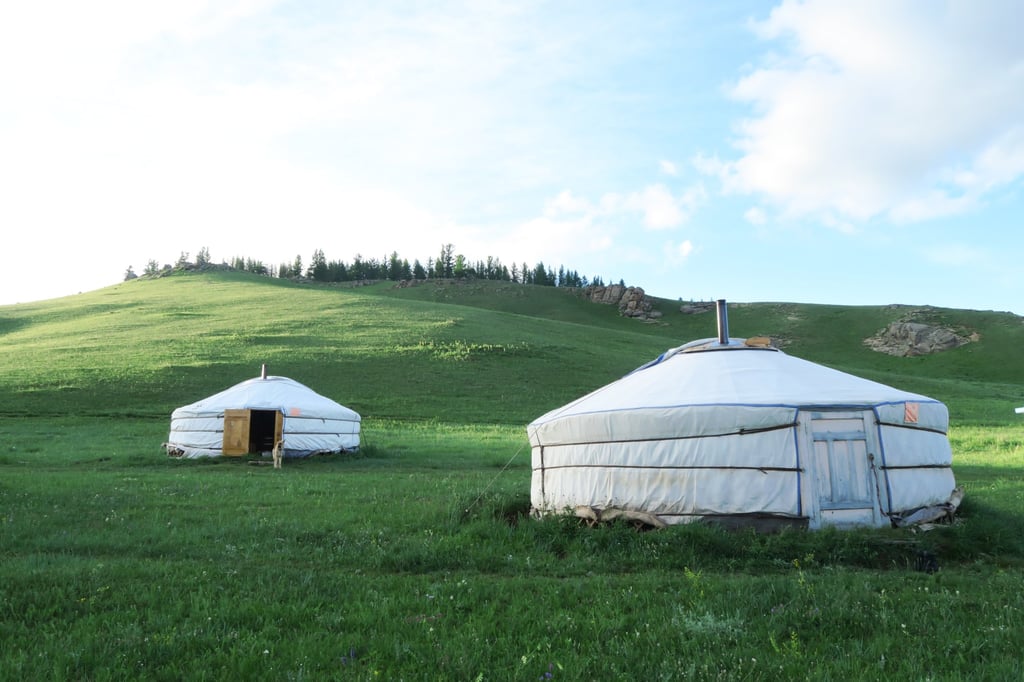Why Mongolia’s capital Ulaanbaatar is worth a visit: an increasingly modern and trendy city that maintains a healthy respect for its roots
- Mongolia’s capital Ulaanbaatar is moving into the future with an explosion of bars, restaurants and lifestyle shops and a growing cultural scene
- Many initiatives are by Mongolians with a desire to raise the country to international standards, and to inspire fellow countrymen

Goats and sheep grazing in green fields pass by in a blur as I am driven from the new Chinggis Khaan International Airport towards the Mongolian capital Ulaanbaatar, before tall buildings begin to stud the horizon as we enter the capital’s outskirts.
Here, summer wildflower meadows surround haphazardly distributed ger districts – settlements of nomads who have left their pastures but aren’t ready to completely abandon their peripatetic lifestyles, or are simply priced out of the property market in the city.
Traffic jams and dust define Ulaanbaatar proper, where over half of Mongolia’s more than 3 million people live, so it is hardly surprising that tourists tend not to linger in the smoggy capital. After all, they do not come to Mongolia for city thrills.
Most travellers fly into the airport – which opened in July 2021 to replace the previous main international gateway, Buyant-Ukhaa – to be driven to the wide-open spaces for which the country is known.

Since 2017, I have returned to Mongolia every year (except during the pandemic) for a 10-day horse riding camp. As someone from land-scarce Singapore, I relish galloping across Mongolia’s endless steppes.
However, during my trip in July 2022, I lingered in Ulaanbaatar to get to know the city better. I also wanted to experience the biggest festival on the Mongolian calendar.
